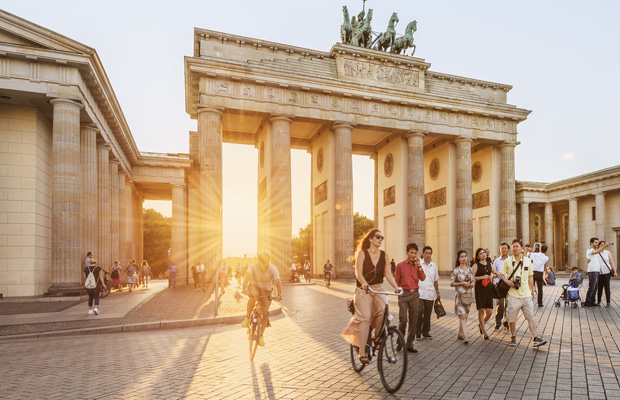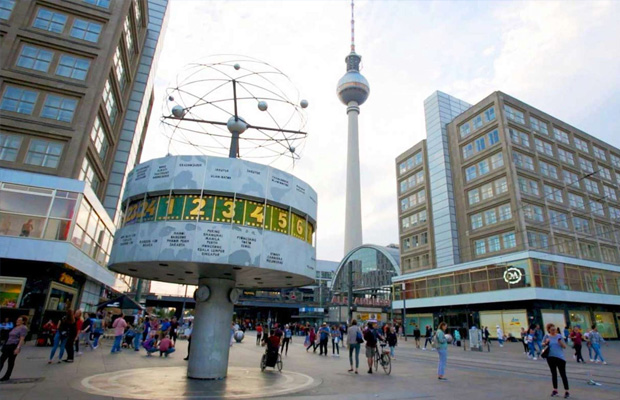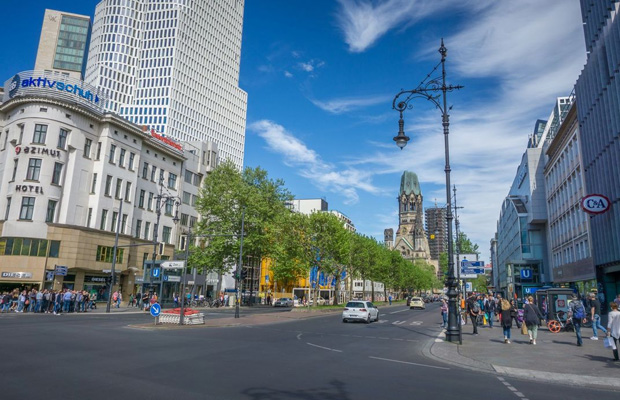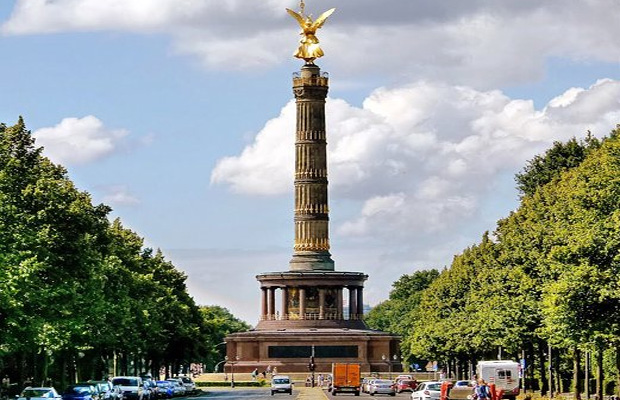Pergamonmuseum
Pergamonmuseum
Germany
Berlin
Berlin Travel Guide
Book Tour & Activities
Your tour in Berlin.
Book your stay
Your hotel in Berlin.
Overview
The Pergamonmuseum is a listed building on the Museum Island in the historic centre of Berlin and part of the UNESCO World Heritage. It was built from 1910 to 1930 by order of German Emperor William II according to plans by Alfred Messel and Ludwig Hoffmann in Stripped Classicism style.
The Pergamonmuseum is a listed building on the Museum Island in the historic centre of Berlin and part of the UNESCO World Heritage. It was built from 1910 to 1930 by order of German Emperor William II according to plans by Alfred Messel and Ludwig Hoffmann in Stripped Classicism style. Currently, the Pergamonmuseum is home to the Antikensammlung including the famous Pergamon Altar, the Vorderasiatisches Museum and the Museum für Islamische Kunst. Parts of the building are closed for renovation until 2023.
Origin
By the time the Kaiser-Friedrich-Museum on Museum Island (today the Bodemuseum) had opened in 1904, it was clear that the edifice was not large enough to host all of the art and archaeological treasures being excavated under German supervision. Excavations were underway in the areas of ancient Babylon, Uruk, Assur, Miletus, Priene and ancient Egypt, and objects from these sites could not be properly displayed within the existing German museum system. Wilhelm von Bode, director of the Kaiser-Friedrich-Museum, initiated plans to build a new museum nearby to accommodate ancient architecture, German post-antiquity art, and Middle Eastern and Islamic art.
Alfred Messel began a design for the large three-wing building in 1906. After his death in 1909 his friend Ludwig Hoffman took charge of the project and construction began in 1910, continuing during the First World War (1918) and the great inflation of the 1920s. The completed building was opened In 1930.
The Pergamon Museum was severely damaged during the air attacks on Berlin at the end of the Second World War. Many of the display objects had been stored in safe places, and some of the large exhibits were walled in for protection. In 1945, the Red Army collected all of the loose museum items, either as war booty or to rescue them from looting and fires then raging in Berlin. Not until 1958 were most of the objects returned to East Germany. Significant parts of the collection remain in Russia. Some are currently stored in the Pushkin Museum in Moscow and the Hermitage Museum in Saint Petersburg. The return of these items has been arranged in a treaty between Germany and Russia but, as of June 2003, is blocked by Russian restitution laws.
A 2-min walk from the Alte Nationalgalerie
Address: Bodestraße 1-3, 10178 Berlin, Germany
Hours: Open ⋅ Closes 6PM
Founded: 1910
Architectural style: Neoclassical architecture
Architects: Alfred Messel, Ludwig Hoffmann
Video Travel Inspiration
See Pergamonmuseum on Map
Most Popular Cities

Siem Reap
Cambodia
Ho Chi Minh City
Vietnam
Beijing
China
Paris
France
London
United Kingdom
New York
USA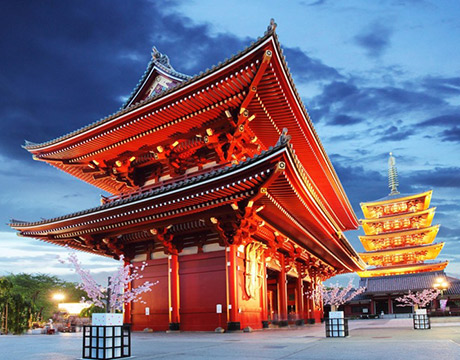
Tokyo
Japan
Bangkok
Thailand
Seoul
South Korea
Vientiane
Laos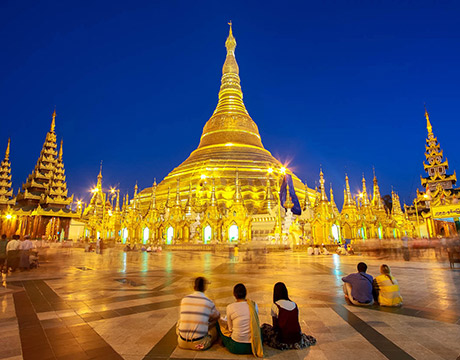
Yangon
Myanmar
Washington DC
USA
Los Angeles
USA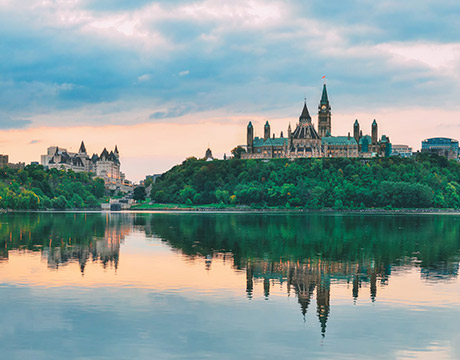
Ottawa
Canada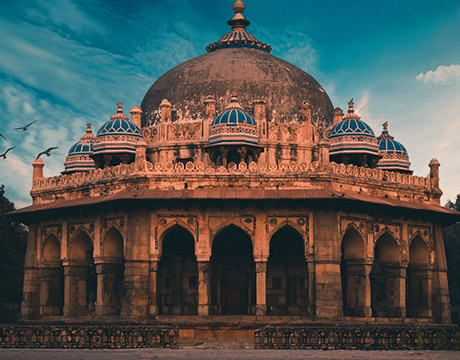
New Delhi
India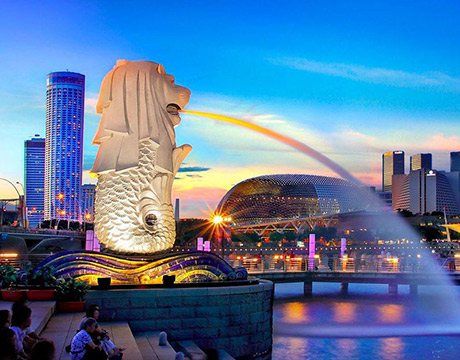
Singapore
Singapore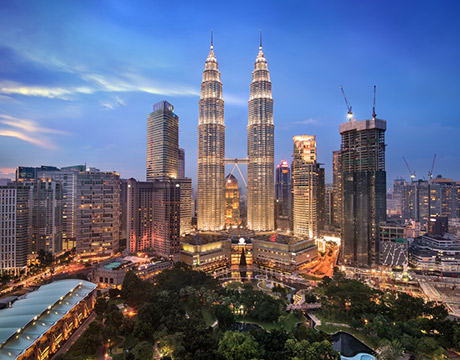
Kuala Lumpur
Malaysia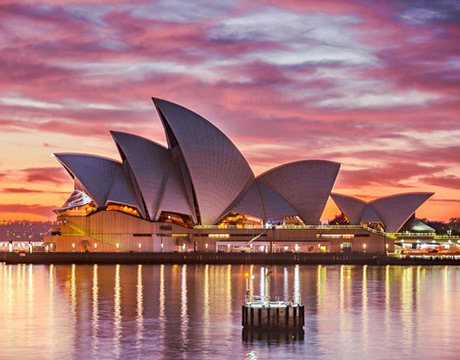
 English
English French
French Khmer
Khmer Thai
Thai Vietnamese
Vietnamese Chinese
Chinese Korean
Korean German
German Japanese
Japanese Italian
Italian Russian
Russian Spanish
Spanish Dutch
Dutch Indonesian
Indonesian Malay
Malay


